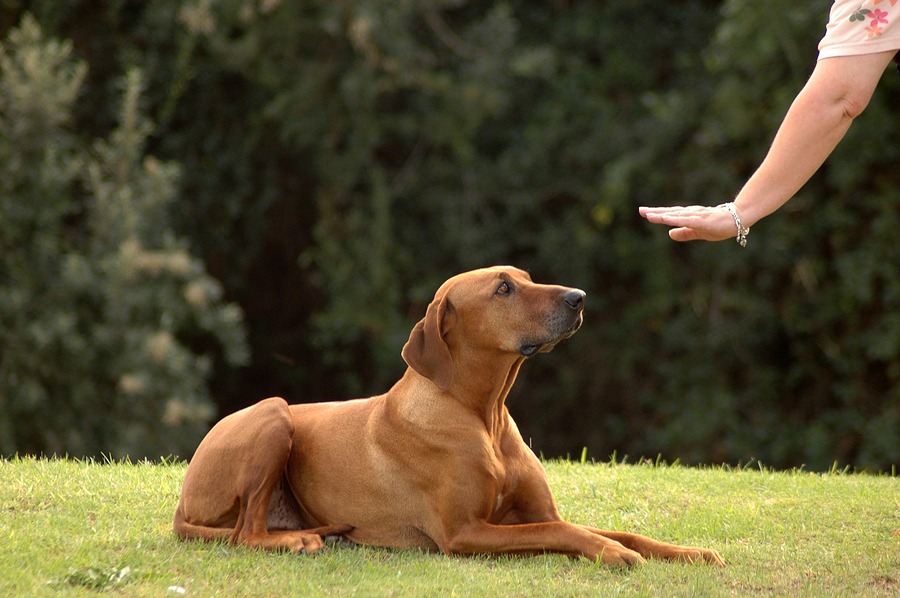Master Crucial Commands: Efficient Dog Educating Facilitated
Effective pet training is a basic facet of accountable pet ownership, and mastering crucial commands serves as the foundation for an unified connection between trainer and pet. Recognizing the nuances of canine actions and the training process is vital; however, the trip to a well-trained pet commonly presents unanticipated hurdles that need attention.
Comprehending Your Pet's Behavior
To realize the nuances of efficient pet training, it is vital to damage down and evaluate your pet dog's habits. Dog training. Understanding the motivations behind your pet's actions is important; actions can stem from impulse, anxiety, enjoyment, or a need for focus. By observing your dog in different scenarios, you can recognize patterns that may show underlying emotions or requirements
For example, a pet that barks excessively may be revealing monotony, anxiety, or a requirement for social interaction. Alternatively, a dog that exhibits harmful actions may be looking for excitement or remedy for tension. Acknowledging these triggers enables you to customize your training technique properly.
In addition, it is crucial to think about the pet dog's type attributes, as they can affect actions significantly. Some breeds are inclined to certain qualities, such as herding or safeguarding impulses, which can impact their reactions to particular stimuli.
Lastly, uniformity in your feedbacks to your pet's actions promotes a much better understanding between you and your animal. This shared comprehension is foundational for constructing trust fund and promoting a reliable training procedure that supports both behavior modification and positive reinforcement.
Vital Commands to Instruct
Instructing crucial commands is a fundamental facet of efficient canine training, providing the structure for a mannerly and responsive pet. These commands not only enhance interaction between the owner and the pet however also ensure safety in numerous atmospheres.
The most critical commands include "Sit," which encourages your pet to stay stationary and calm; "Keep," which strengthens the idea of remaining in one location till launched; and "Come," which is vital for remembering your canine from possibly harmful scenarios. "Down" instructs pet dogs to lie down, advertising relaxation and control, while "Leave it" assists prevent pet dogs from picking up harmful or unwanted items.
" Heel" is an additional essential command that urges your canine to stroll closely next to you, enhancing leash good manners. "No" serves as an important boundary-setting command, helping to fix unwanted behaviors.
Training Techniques for Success
Reliable canine training counts heavily on utilizing a range of strategies that deal with both the canine's learning style and the owner's training goals. One key technique is favorable support, which involves satisfying wanted behaviors with treats, praise, or play. This technique motivates the pet to duplicate those actions, promoting a solid bond in between proprietor and pet dog.

One more efficient technique is clicker training, where a distinctive audio, made by a clicker, marks the exact moment a dog performs a wanted activity. This accurate timing helps pets link the habits with the incentive, boosting their understanding.
Consistency is essential in all training methods. Developing clear commands and preserving the same signs assists the pet grasp expectations extra quickly. Additionally, brief, appealing training sessions prevent dullness and boost retention.
Integrating socialization chances is also crucial. Exposing canines to different settings, individuals, and other pets assists them create confidence and adaptability.
Last but not least, persistence plays a significant function in successful training - Dog training. Each pet dog learns at their very own pace, and understanding this can bring about a more delightful training experience for both the owner and the pet. Executing these strategies will set the foundation for reliable canine training
Usual Challenges and Solutions
In spite of the ideal training strategies, pet dog owners often encounter typical obstacles that can prevent development. One widespread concern is variance in commands and signs. When member of the family make use of various commands for the same behavior, it confuses the canine, bring about irregular feedbacks. The remedy hinges on developing a unified approach amongst all family participants, making certain that everyone utilizes the same terminology and signals.

Additionally, some pets may display stubbornness or lack motivation. This can often be resolved by incorporating positive reinforcement strategies, such as treats or praise, to urge desired behaviors. Customizing rewards to what your dog finds most inspiring can substantially enhance their interaction.
Last but not least, anxiety or stress and anxiety can restrain progress in training. Acknowledging indications of stress and anxiety and adjusting the training Dog training Raleigh NC speed as necessary is critical. Employing progressive direct exposure to been afraid stimulations can help develop confidence gradually, facilitating an extra effective training experience.
Maintaining Consistency and Persistence
Uniformity and perseverance are extremely important in dog training, as they form the foundation for attaining lasting behavioral changes. Dogs flourish on routine and clear expectations; thus, maintaining a regular technique in commands, incentives, and improvements is essential. When trainers use the same signs and signals accurately, pets are better able to comprehend what is being asked of them. Variance can cause complication and stress, threatening the training procedure.
Equally vital is the function of persistence. Educating a pet is not an instant procedure; it needs time and repetition. Pets, just like humans, have varying learning rates and might not understand commands instantly. Trainers need to recognize this and continue to be calm, offering motivation instead of stress. Positive support plays an important role right here, rewarding preferred behaviors and aiding to foster a relying on relationship in between the dog and fitness instructor.
Final Thought
Mastering crucial commands is basic to reliable pet dog training, cultivating boosted communication and reinforcing positive habits. The application of favorable support techniques, coupled with consistency and persistence, dramatically improves the training experience for both the pet and handler. Dealing with typical obstacles with sensible solutions even more supports the training procedure. Eventually, a trained pet not just shows good behavior but also develops confidence, contributing to a harmonious connection between the canine and its owner.